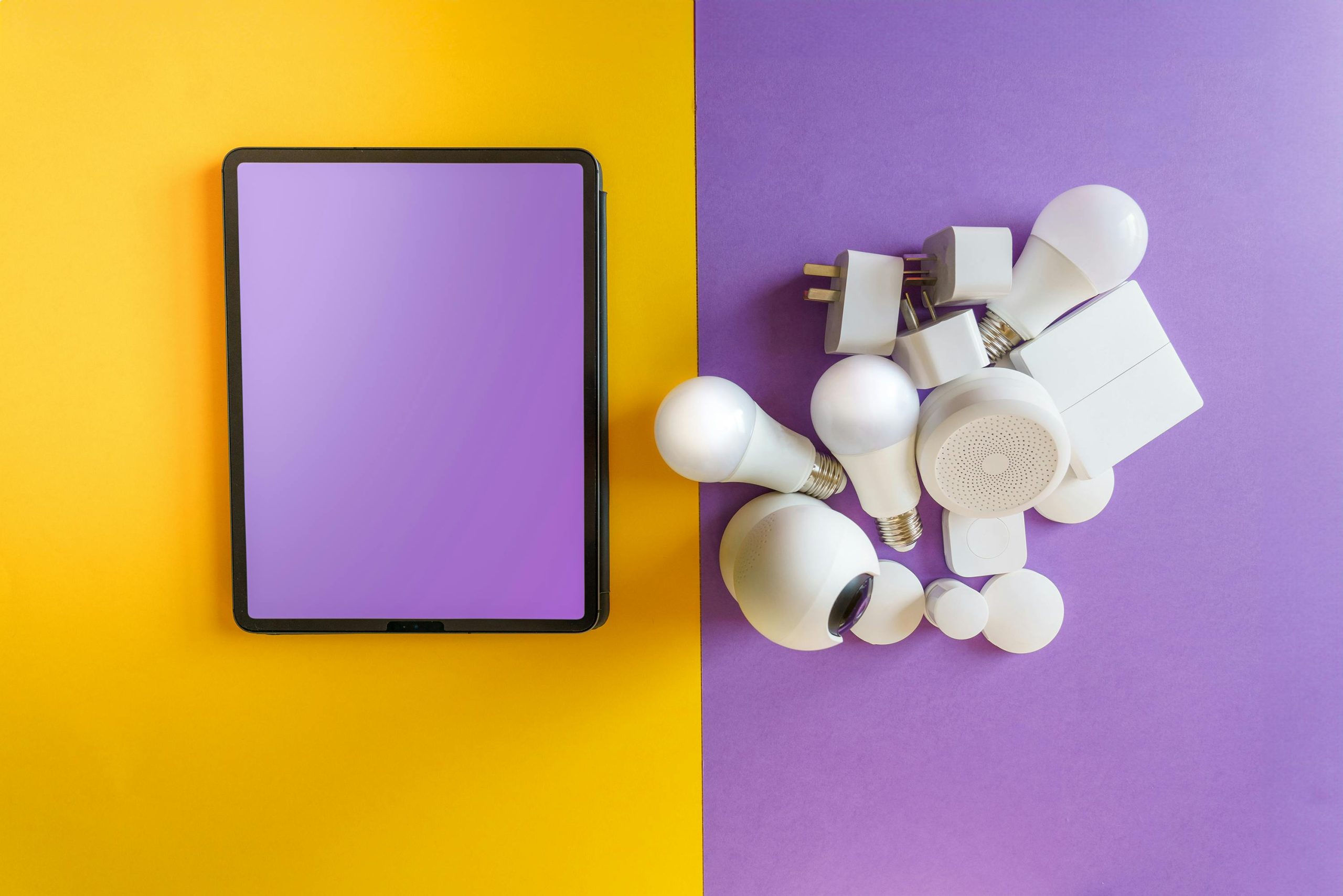Troubleshooting Multi-Monitor Displays: Resolving “All Monitors Go Black” Issue After Windows Update
Introduction
Many users rely on multiple monitors for enhanced productivity, creative work, or gaming. However, it can be frustrating when recent updates or hardware changes disrupt your multi-monitor setup. One common issue involves all your monitors going black or failing to display content when connecting an additional display. This article explores potential causes and provides practical solutions to resolve such issues, with a focus on troubleshooting after Windows updates.
Understanding the Issue
In some cases, users report that after installing a Windows update, their multi-monitor configuration begins malfunctioning. Initially, only the third monitor would go black or glitch when connected, sometimes entering sleep mode. Despite attempts to fix the problem—such as reinstalling graphics drivers or modifying settings like G-SYNC—symptoms persist. Eventually, connecting the third monitor causes all displays to shut off completely until one monitor is disconnected.
System Configuration Details
- Monitor Types: The setup includes three different monitors
- One connected via HDMI (due to absence of DisplayPort)
- Two connected via DisplayPort or other interfaces
- Graphical Hardware: Typically, multiple video outputs from a dedicated GPU
- Operating Environment: Windows OS with recent update
Common Causes
- Driver Compatibility Issues: Updates may cause conflicts or incompatibility with existing GPU drivers.
- Incorrect Display Settings: Resolution or refresh rate mismatches can lead to display failures.
- Power Management Conflicts: Power-saving features or sleep settings may interfere with display detection.
- Hardware Limitations or Faults: Insufficient graphics power or faulty cables/connectors could also contribute.
Step-by-Step Troubleshooting
-
Update Graphics Drivers
-
Visit the GPU manufacturer’s website (NVIDIA, AMD, Intel).
- Download and install the latest stable drivers compatible with your hardware.
-
Use the manufacturer’s tools for clean uninstallation before reinstalling drivers.
-
Verify Connection Cables and Ports
-
Check all HDMI and DisplayPort cables for damage.
- Try swapping cables between monitors to eliminate faulty cables.
-
Connect monitors to different ports on your GPU if possible.
-
Adjust Display Settings
-
Right-click on your desktop and select ‘Display settings.’
- Ensure that each monitor is correctly recognized.
- Set resolution and refresh rate that are supported by all monitors.
-
Remove any duplicate or extended display configurations that may cause conflicts.
-
**
Share this content:



